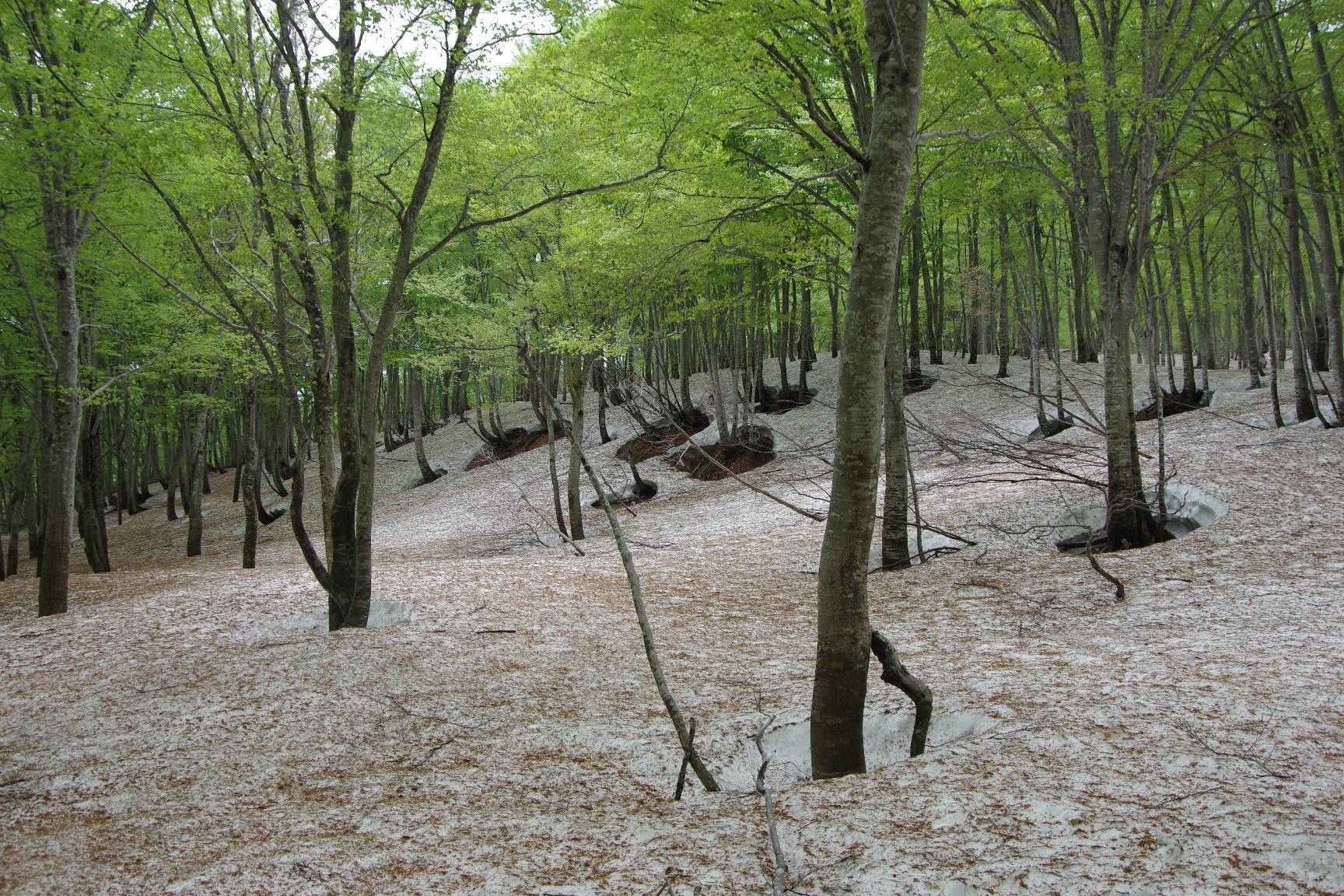On the slopes of Mount Gassan, one of the three sacred peaks of the Dewa Sanzan in the heart of Yamagata Prefecture, colorful patches of snow are piquing the interest of Japan’s geoscientists.
That curiosity, however, doesn’t stem from the vibrancy they bring to a remote, wintry landscape. Instead, it’s how they affect the natural balance in vulnerable ecosystems and their potential to perpetuate climate warming that has scientists conducting research on the 1,984 meter peak.
They are a result of snow algae, which thrive on melting snow surfaces. These colorful organisms proliferate throughout the snowpack each spring when increased sun intensity, nutrients and water availability provide favorable conditions for their growth. First, snow algae cells turn from spores into motile cells, and then they swim from the soil to the snow’s surface, where they photosynthesize and reproduce to form dense “blooms” of green, orange or red on the thawing snow.

















With your current subscription plan you can comment on stories. However, before writing your first comment, please create a display name in the Profile section of your subscriber account page.